An important part of Japan's rich food culture is taking advantage of the season's fresh ingredients, so it's a great idea to be aware of what's in season when you visit. Eating seasonally is also a way to immerse yourself more deeply in a sense of Japan's nature and culture while you travel. From warm, home-style cooking, street foods, and seasonal fruits and vegetables, here are my picks for the foods to try during winter in Japan.
Hot pot dishes: Nabe, sukiyaki, shabu shabu
Warm bowls of soups and stews are a wintertime staple all over the world. In Japan, nabemono, or hot pot dishes like stews called nabe, sukiyaki, and shabu-shabu are popular choices when the temperature drops.
Nabe hot pot is typically made by creating a base stock with flavorings like miso, soy sauce, and fish or seaweed stock called dashi. The dish's ingredients can include meat or seafood, hearty vegetables like cabbage, mushrooms, and carrots, as well as items like fish cakes, konjac, or tofu. When cooking nabe at home, many households use a portable gas stove to keep it warm at the table, where people typically share the dish straight from the pot.
![Top Winter Foods in Japan According to an Australian Expat]()
Some popular nabemono include sukiyaki, which is made with thinly sliced beef and ingredients like vegetables and tofu that are cooked together in a lightly sweetened soup made of soy sauce, sugar, and mirin (sweet rice cooking wine). The ingredients are then dipped in a dipping sauce made of beaten eggs before eating. Shabu-shabu is another popular dish that involves quickly cooking paper thin slices of meat in a hot pot, then eating with a dipping sauce like ponzu (citrus and soy sauce) or sesame sauce.
Yakiimo: Baked sweet potato
Where I live, the sound of the sweet potato truck signals the official start of the cold season for me. Just like ice cream trucks in other parts of the world, street vendors in Japan play a distinctive song from their trucks as they drive around neighborhoods selling hot, stone-baked sweet potatoes called ishi yakiimo.
These sweet potatoes are a little different to the orange-fleshed variety you often see in other parts of the world. With a purple skin and golden, slightly creamy flesh, the texture of Japanese yakiimo is sweet and delicious on its own without any additional toppings. You'll often spot these trucks parked around sightseeing spots around Japan, so keep your eye and ears peeled for them. They're a nutritious snack, and when served in a paper bag, they have the added bonus of warming up your hands as well. You can also buy them pre-cooked at many supermarkets: look for them cooking on stones in ovens or grills in the produce section.
Oden
Oden is a quintessential winter dish in Japan. This type of stewed dish is made by slow-cooking ingredients like eggs, daikon radish, tofu, and fishcakes a broth made with soy sauce and dashi stock. A Japanese type of mustard called karashi is often served with oden: the spiciness of this condiment really pairs well with the mellow flavor lent by the broth.
Oden is typically considered a winter food, but you'll find it year round at certain izakaya pubs, food carts, and restaurants. If you've ever come to Japan in the cooler months, you'll also likely spot self-serve trays of oden for sale at the counter of most convenience stores, too.
Mochi
Mochi is a type of rice cake that has a special place in Japanese culture during the New Year period, where it has been a part of New Years celebrations since at least the Heian period (794 - 1192). It is traditionally made by pounding steamed rice with wooden mallets in a large mortar called an usu, which can be up to a meter high and often made from a hollowed tree trunk or stone. Teams of two or more use this usu and mallet to pound and knead the rice until it forms a shiny, elastic texture.
Mochi itself is delicious simply grilled and eaten with soy sauce, but other uses include savory dishes like the traditional New Year's soup called zoni, or filled with red bean paste to create a sweet called daifuku. Mochi is also commonly used as a Shinto New Year's decoration called kagami mochi, which is usually displayed through the holiday season and eaten on the second weekend of January 11th.
Oysters
In my home country of Australia, we tend to associate seafood like oysters with the warmer months, but Pacific oysters are in season in the winter in Japan. In Japan, oysters can be eaten raw with vinegar or other acidic condiments, as well as added to winter hot pots, steamed, or made into a mixed rice dish called takikomi gohan. Breaded and deep-fried oyster dish called oyster fry is also very popular as a winter dish all throughout Japan.
If you're visiting an oyster-catching region of Japan like Hiroshima or Fukuoka, consider visiting a kakigoya, or "oyster hut". In the winter oyster season, you can buy freshly caught oysters by the kilo, often directly from local fishers, then grill them in-shell yourself over a barbeque. While you may need to get a little off the beaten track to find these seaside huts, oyster lovers should definitely try seeking the experience out.
Festive foods: Christmas Cake and New Years Soba
![Festive foods: Christmas Cake and New Years Soba]()
While Christmas in Japan is not as important a holiday as it is in the West, there's still plenty of festive atmosphere here. One essential part of Christmas in Japan is Christmas cake. Japanese-style Christmas cake is typically a sponge cake made with cream and strawberries, a style that was said to have been first popularized by the Japanese confectioner Fujiya in 1910. Today, these cakes are so ubiquitous here, I've had Japanese friends who were shocked to hear these aren't also traditional in the West.
Other flavors and styles of Christmas cakes are available, but they're without fail festive and gorgeous to look at. In fact, I think there are plenty of people in the West who would happily substitute these for the more traditional fruit cake. Families in Japan often reserve a Christmas cake in advance, but if you're in Japan and want to try it for yourself, you can usually find slices or smaller cakes in bakeries and convenience stores around the holidays.
![Top Winter Foods in Japan According to an Australian Expat]()
Another holiday food tradition that's easy to enjoy while you're traveling is New Years soba. These buckwheat noodles are commonly eaten on New Years Eve, and are traditionally associated with fresh starts and good luck for the coming year. Soba noodles can be eaten hot or cold, but in the winter, I highly recommend a warm bowl to ring in the new year!
Seasonal Fruits
Japanese fruits are a joy to eat year round. The local demand for high quality, domestic fruits means, while the prices can sometimes be surprisingly high, you'll rarely be disappointed by the flavor. Some of my personal favorites, such as persimmon, Fuji apples, nashi pears, and strawberries are in season in the late autumn and winter months. Local citrus such as mikan and yuzu are also delicious and very popular all through the winter.
A local tradition that I'm particularly fond of is yuzu baths, where whole yuzu fruits are added to public baths and hot springs on the winter solstice. This highly aromatic citrus fruit releases a refreshing aroma and natural oils into the water. These baths are said to help with relaxation, immunity, and to soften and moisturize the skin. If you're in Japan for the winter solstice, I highly recommend seeking a yuzu bath out! You can easily try a yuzu foot bath or DIY your own at home if you're not up for public bathing, too.
Recommended Restaurants for Winter Foods in the Shinjuku Area of Tokyo
Robata and Oden Kyosuke
If you're looking to try oden in Tokyo, Robata and Oden Kyosuke serves a high quality version of this dish. With a choice of two types of stock, the recipe here has been carefully developed to achieve the optimal cooking time, temperature, and flavorings. This attention to detail results in richly flavored, slow cooked oden that both first timers and fans are sure to love. The stylish, semi-private rooms here make Robata and Oden Kyosuke ideal for holiday gatherings.
Robata and Oden Kyosuke
Open:
[Tuesday - Sunday, National holidays, Day before National Holidays] Dinner 5:00 pm - 0:00 am (L.O. 11:30 pm)Closed:
MondayAverage price:
[Dinner] 4,000 JPYAccess:
6-minute walk from [Shinjuku station], 1-minute walk from [Shinjuku-sanchome station]Address:
B1F, Yamaguchi Bldg., 3-6-9 Shinjuku, Shinjuku-ku, Tokyo
KINKAWOOKA Odakyu Shinjuku brach
This is a stylish and casual seafood restaurant that is the ideal venue for enjoying a range of Japanese style oyster dishes at affordable prices. A huge range of options are available here, including the classic [Fried Oysters] and oyster stews, gratins, and assorted tasting platters. Courses that start from 2,500 JPY are also available if you feel spoiled for choice!
KINKAWOOKA Odakyu Shinjuku brach
Open:
Lunch 11:00 am - 3:00 pm / Dinner 3:00 pm - 10:00 pm (L.O. 9:15 pm)Closed:
IrregularAverage price:
[Dinner] 4,000 JPY / [Lunch] 1,200 JPYAccess:
A 5-minute walk from [Shinjuku station], it is located inside Odakyu department store, Shinjuku branchAddress:
Shinjuku branch, Odakyu department store, 1-1-3 Nishishinjuku, Shinjuku-ku, Tokyo
Fumotoya Keio Plaza Hotel
Soba noodles are the traditional dish for New Years Eve. Many restaurants are closed for New Year's holidays, so Fumotoya at the Keio Plaza Hotel is a good choice for taking part in the tradition. The noodles served here are made in house from buckwheat grown in Togakushi in Nagano Prefecture. Particularly recommended is the [Touji Soba], a type of soba and hot pot dish that involves using a small basket to cook the noodles directly in the broth.
Fumotoya Keio Plaza Hotel
Open:
[Weekdays] Lunch 11:30 am - 3:00 pm [Saturday, Sunday, National Holidays] Lunch 11:30 am - 4:00 pm [Weekdays] Dinner 5:00 pm - 11:00 pm (L.O. 10:00 pm) [Saturday] Dinner 4:00 pm - 11:00 pm (L.O. 10:00 pm) [Sunday, National Holidays] Dinner 4:00 pm - 10:00 pm (L.O. 9:00 pm)Closed:
NoneAverage price:
[Dinner] 5,000 JPY / [Lunch] 1,200 JPYAccess:
5 minutes walk from the west exit of [Shinjuku Station] on JR Lines / 3 minutes walk from exit B1 of [Tochomae Station] on Toei Oedo LineAddress:
Keio Plaza Hotel, 2-2-1 Nishi Shinjuku, Shinjuku-ku, Tokyo MapMore Details
Recommended Restaurants for Winter Foods in the Roppongi and Akasaka Areas of Tokyo
Shabuzen Roppongi Branch
The Shabuzen Roppongi Branch serves a selection of premium Japanese beef dishes as well as seasonal specialties, including all-you-can-eat deals that have been a fixture of the restaurant since it opened. Only the best meat, including Matsusaka beef and Japanese Black Wagyu beef, is used in the restaurant, which is meticulously chosen by the chef. To maintain freshness, the restaurant also prepares the secret sesame sauce and ponzu vinegar used to season the shabu-shabu every day. Shabuzen Roppongi Branch is absolutely a must-visit place for Shabu-shabu and Sukiyaki in winter.
Shabuzen Roppongi Branch
Open:
[Monday - Saturday] Dinner 4:00 pm - 11:30 pm (L.O. 10:30 pm) [Sunday] Dinner 4:00 pm - 11:00 pm (L.O. 10:00 pm) / Lunch 12:00 pm - 2:30 pm (L.O. 2:00 pm)Closed:
NoneAverage price:
[Dinner] 8,000 JPY / [Lunch] 1,000 JPYAccess:
5 minute walk from Exit 3 of Roppongi Station on the Tokyo Metro Hibiya Line / Toei Oedo Line, 6 minute walk from Roppongi-itchome Station on the Namboku LineAddress:
B1F, Aoba Roppongi Bldg., 3-16-33, Roppongi, Minato-ku, Tokyo MapMore Details Reservation
Azabu-juban Kanazawa
Azabu-juban Kanazawa is an excellent choice for anyone looking to sample Japan's high quality winter seafood and hot pot dishes. A recommended winter-exclusive dish is the luxurious [Female Snow Crab], which is available only during the crab season from early November. The [Snow Crab Hot Pot] is a chance to enjoy Japanese-style hot pot made with snow crab leg, carefully selected vegetables, and the restaurant's signature golden stock. With counter seats, tables, and semi-private rooms, this restaurant feels like a luxurious retreat from the busy Tokyo streets.
Azabu-juban Kanazawa
Open:
[Tuesday - Sunday Day before National Holidays] Dinner 6:00 pm - 11:00 pm (L.O. 8:30 pm) *Consumption tax and 10% service charge will be added. Closed:
Monday National holidaysAverage price:
[Dinner] 15,000 JPYAccess:
1-minute walk after crossing the road from exit No.7 of Oedo Line [Azabu-juban station] / 3-minute walk to the right after exiting from the exit No.5B of Namboku Line [Azabu-juban station]Address:
B1F, Hasebeya Bldg., 1-7-7 Azabu-juban, Minato-ku, Tokyo
Akasaka Jinya
Akasaka Jinya serves shabu-shabu made with a high quality miso flavored stock, and fresh amberjack, which is a winter favorite in Japan for its fattier meat. The restaurant's signature dish is the [Japanese Kuroge Wagyu Gosun Hot Pot], made with the desirable ribeye cap cut of Kuroge Wagyu (type of high quality beef). Another winter favorite is the [Sea Urchin and Snow Crab], snow crab charcoal grilled in the shell and topped with aromatic sea urchin.
Akasaka Jinya
Open:
Lunch 11:30 am - 2:00 pm (L.O. 1:30 pm), Dinner 5:00 pm - 11:30 pm (L.O. 10:30 pm)Closed:
NoneAverage price:
[Dinner] 8,000 JPY / [Lunch] 1,000 JPYAddress:
Maeda Bldg. 1F, 5-4-17 Akasaka , Minato-ku, Tokyo MapMore Details Reservation
Azabu Shu
Azabu Shu's signature dish is [Oden], and offers a wide-ranging menu that covers everything from classic favorites such as egg, radish, and fish cakes, to some less common options like tomato, pork belly, and spinach-yuzu. Oden is available a la carte from an affordable 300 JPY per piece, with assortment dishes also available. Azabu Shu also features an extensive wine menu, giving guests a chance to enjoy oden with wine that has been specifically selected to pair with the flavors of this dish.
Azabu Shu
Open:
6:00 pm - 12:00 am (L.O. 11:00 pm)Closed:
NoneAverage price:
[Dinner] 8,000 JPYAccess:
A two minute walk from exit 1 of Azabujuuban Station's Namboku Line. The serene black walls will be your landmark.Address:
Takeda Bldg. , 2-12-8 Azabujuban , Minato-ku, Tokyo
Delicious winter foods is definitely a highlight of the colder months in Japan. With important holidays falling on the end of the year, seasonal foods take on a special cultural importance as well. There are plenty of other tasty Japanese winter foods I haven't been able to cover in this article, but I hope you'll try some of my picks during your next winter trip to Japan!
Disclaimer: All information is accurate at time of publication.

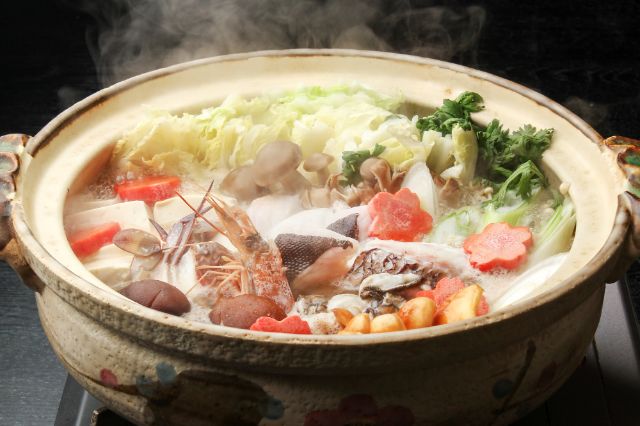
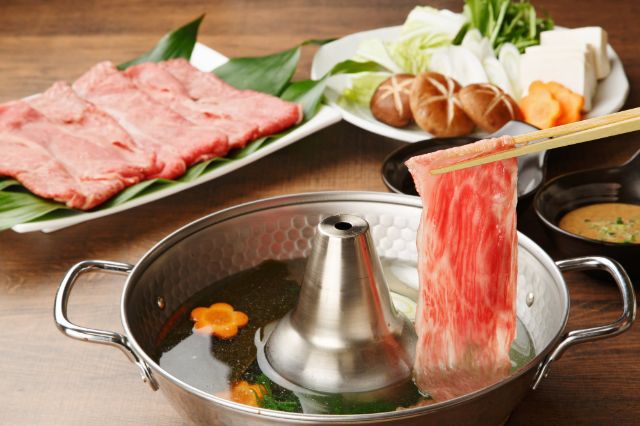
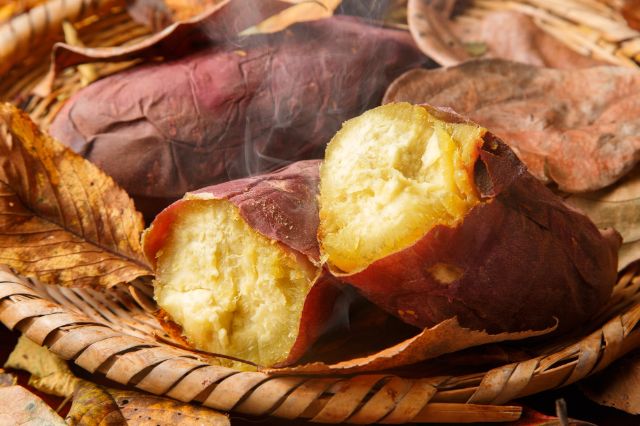

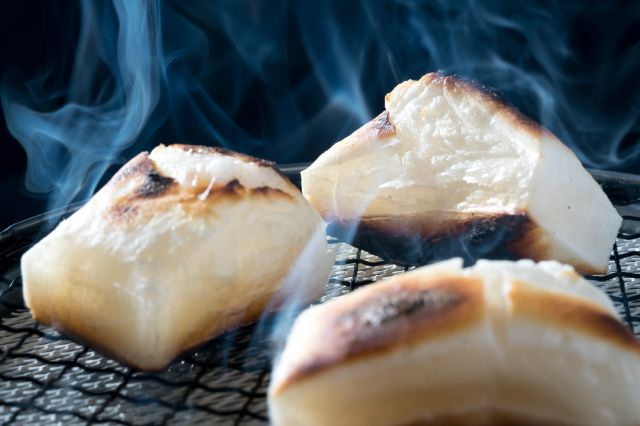

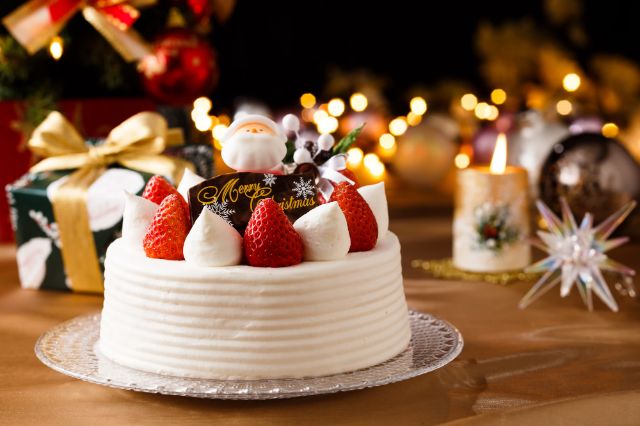
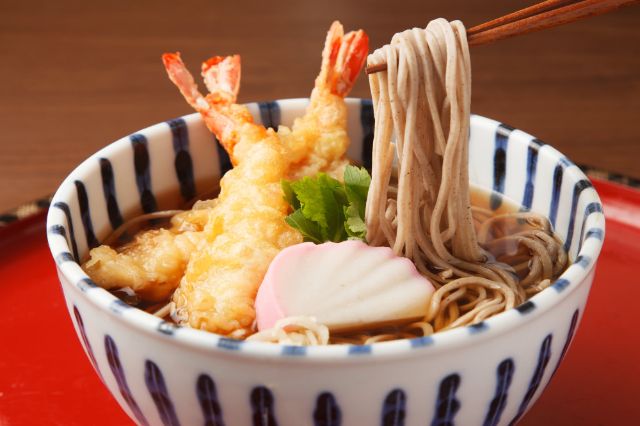
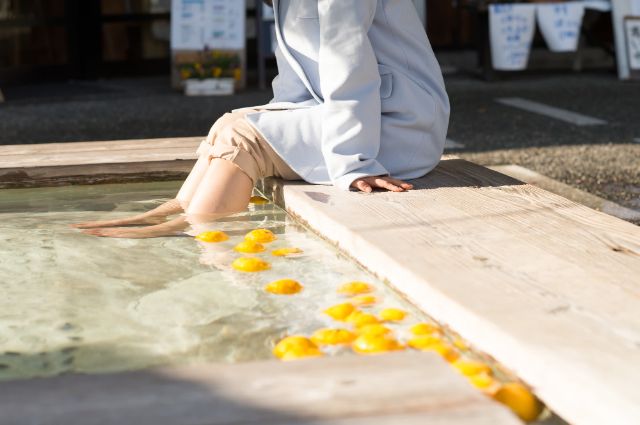
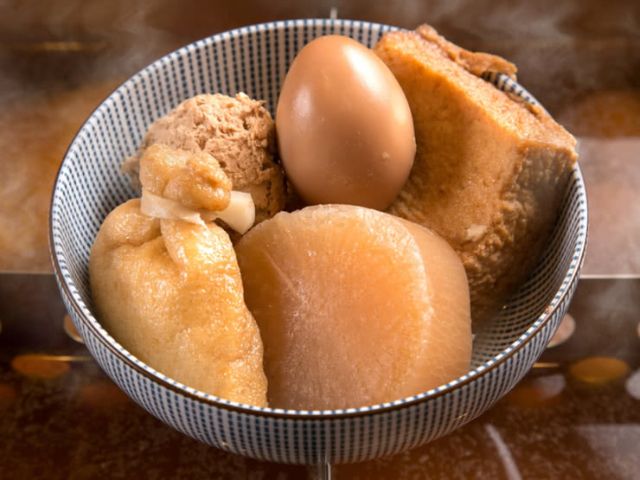
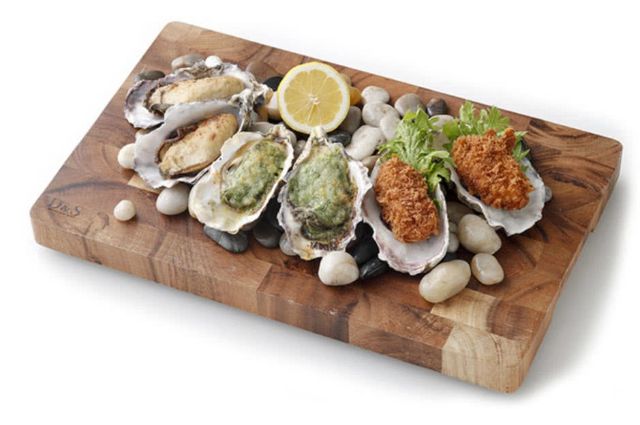

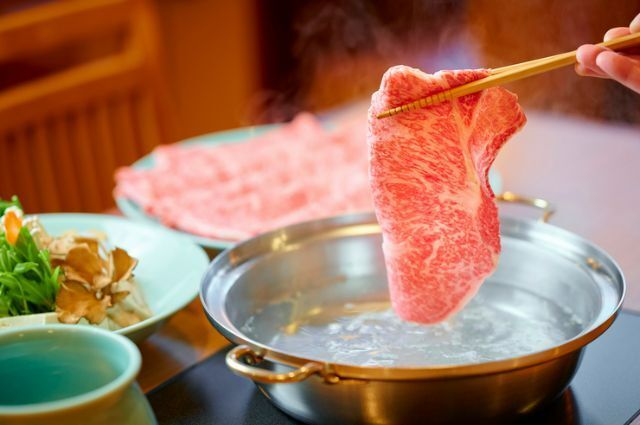
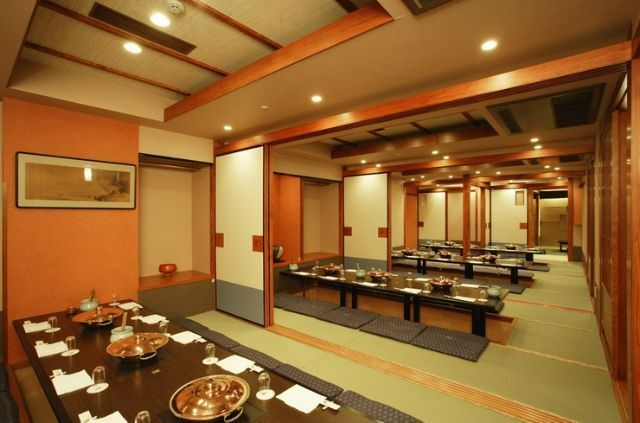
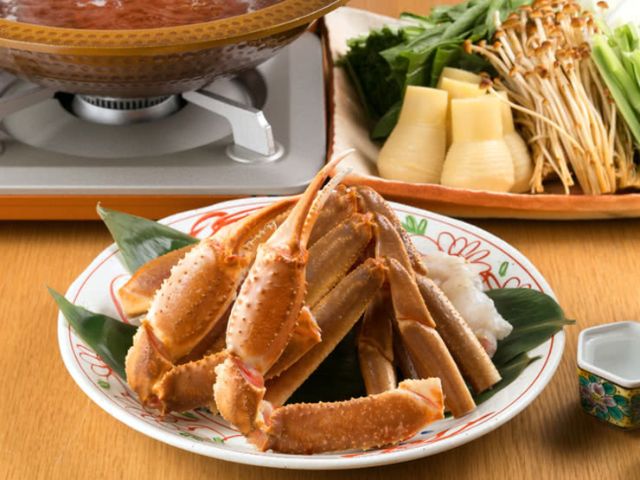
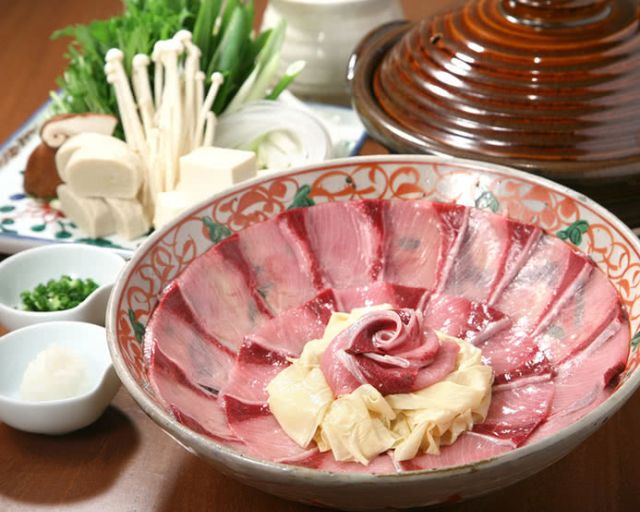
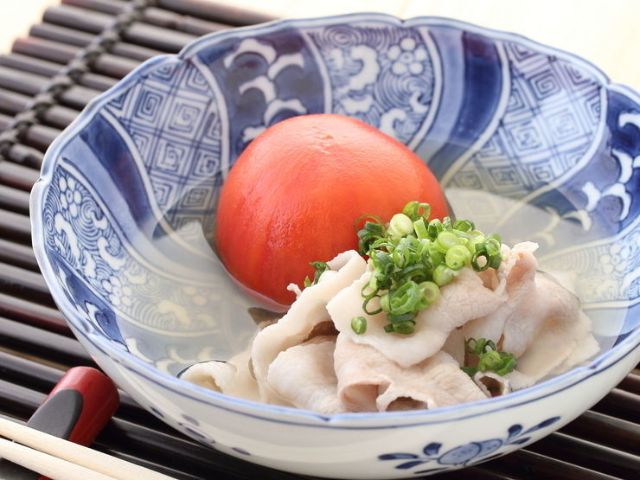









![Azabudai Hills [SUMI] (Janu Tokyo) ~ Editor's Afterword by the Editor-in-Chief of Japan's Gourmet Site](/gg/content_image//image/discover_oishii_japan/6536/article_head_150x105z.jpg)









